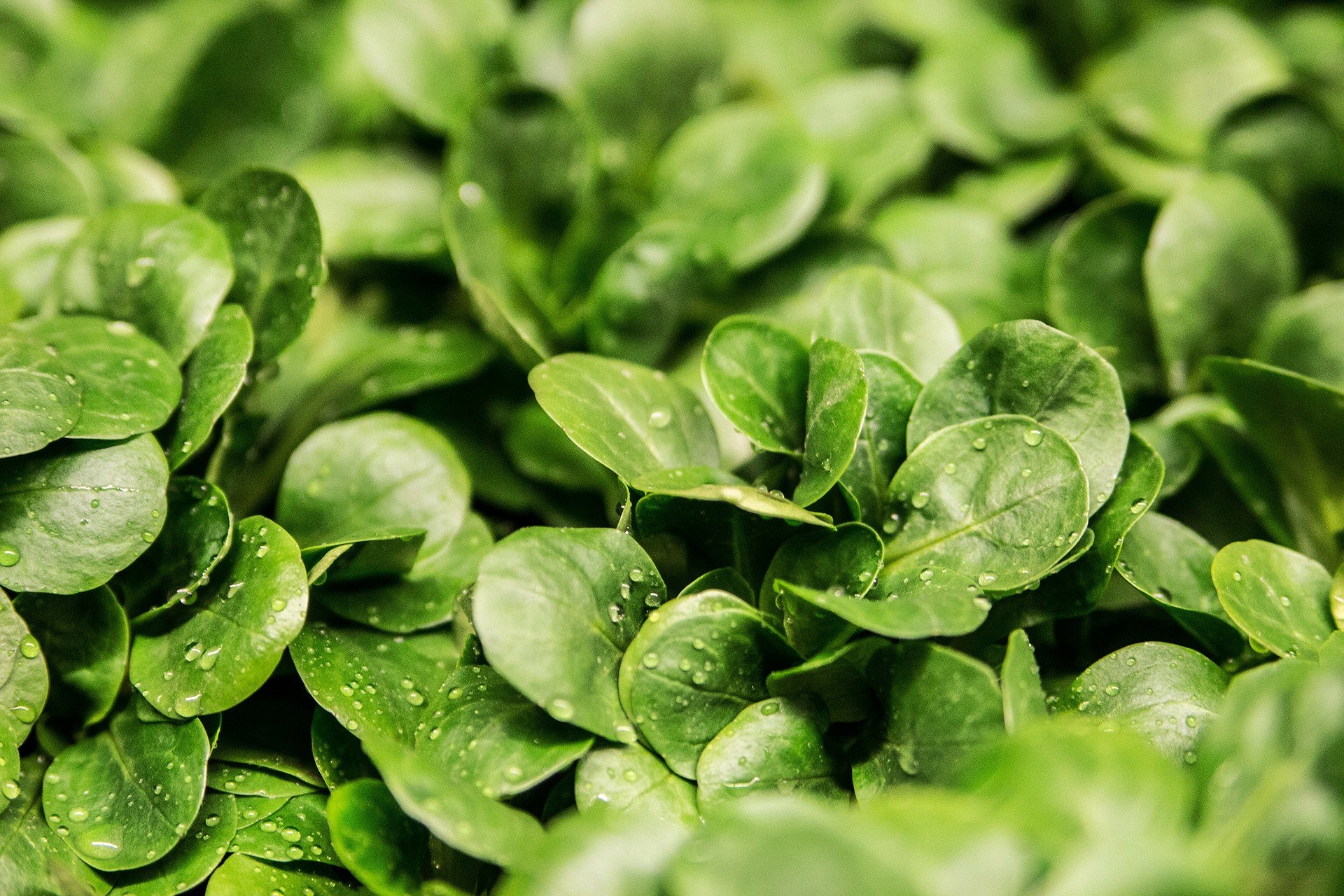
By Heather Hamilton, contributing writer
Ready-to-assemble furniture giant Ikea is at it again, this time growing salad greens instead of supplying affordable duvet covers and DIY tables to eager consumers. At Space10, IKEA’s innovation lab, researchers have a prototype of a tiny farm designed to grow edible plants indoors.
Lokal, as it is being referred to, debuted at the London Design Festival in Shoreditch and utilizes hydroponics, which allows crops to grow in trays of water, without the use of soil, under LEDs in a climate-controlled environment. At the conference, Space10 distributed 2,000 samples of microgreens with the goal of measuring Londoners’ response to hydroponically grown food.
In an interview with Business Insider, Space10 spokesperson Simon Caspersen explained that they hope to “explore how Ikea could develop a new, local supply chain for its own food.” Using Lokal, crops grow approximately at three times the rate that they would under natural conditions, using roughly 90% less water in the span of growth.
“Lokal could help develop a new, local supply chain — one that enables us to grow more food within our cities and food that tastes great and is more nutritious, healthy, and fresh all year round,” says Space10 director of innovation strategy Guillaume Charny-Brunet.
Just last year, Ikea got into the agriculture game by releasing open-source design plans for a flat pack spherical garden called the Growroom. They continue to sell small hydroponic countertop gardens that use LED lights to grow plants, but for now, Lokal is still in development, says Michael La Cour, the managing director of Ikea Food Services, and it may be a while before they begin growing and selling their own greens in stores.
The introduction of the hydroponics system was part of a larger, six-day pop-up program open to the public. In addition to the salad bar, there were workshops, educational displays, and kid’s activities exploring sustainable food. Space10 also hosted Sprout, an experiment to make local farming more accessible to people through voice technology.
In the future, Space10 hopes to add sensors to growing trays so that a person could use Google Home to track the growth of the greens. They anticipate that, through machine learning, a sensor system could provide valuable insight into the growing process, eventually improving it. They’re also going to make sure the system runs solely on renewable energy.
“People [can] basically talk to the plants and hear how they are doing, if they need anything, or simply let kids and grownups learn about sustainable food,” said Caspersen.
Sources: Space10,Business Insider,Inhabitant
Image Source: Pixabay
Advertisement
Learn more about Electronic Products Magazine





